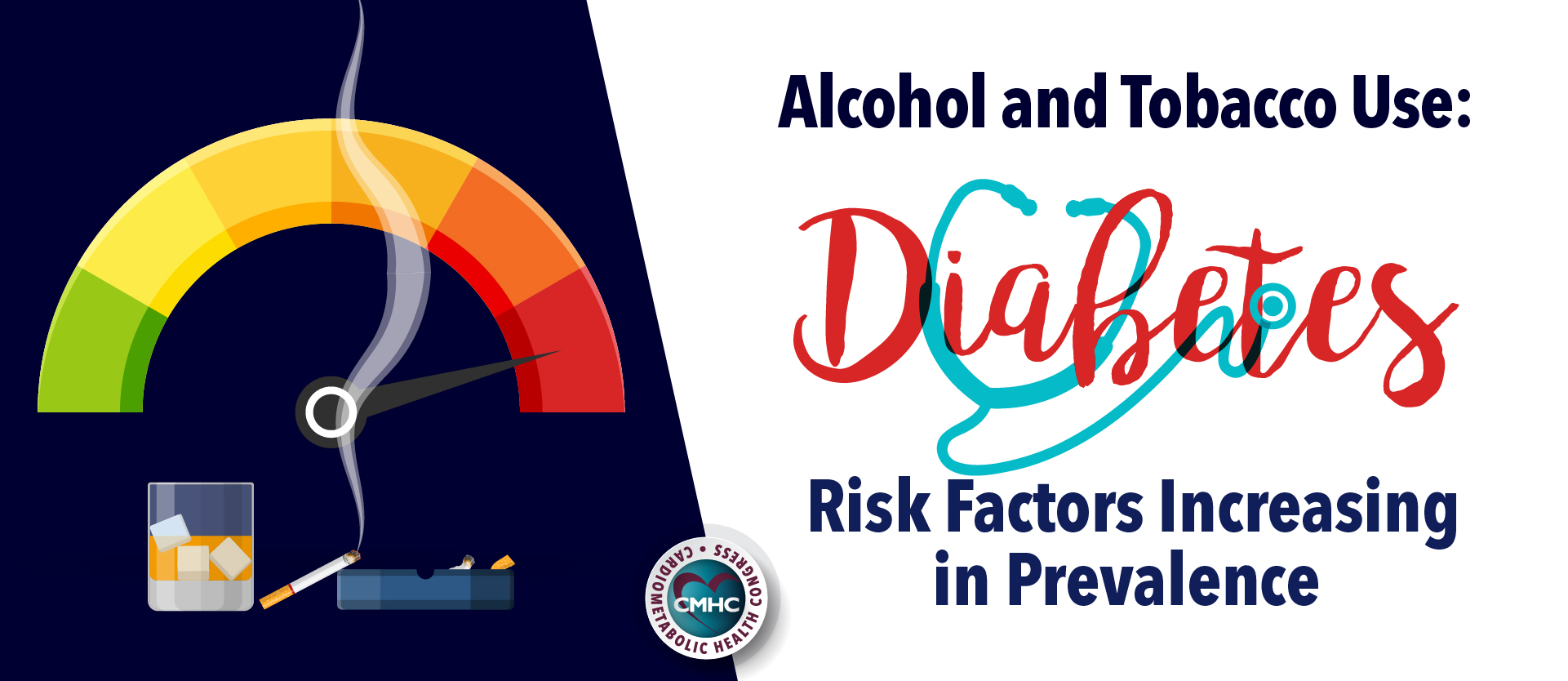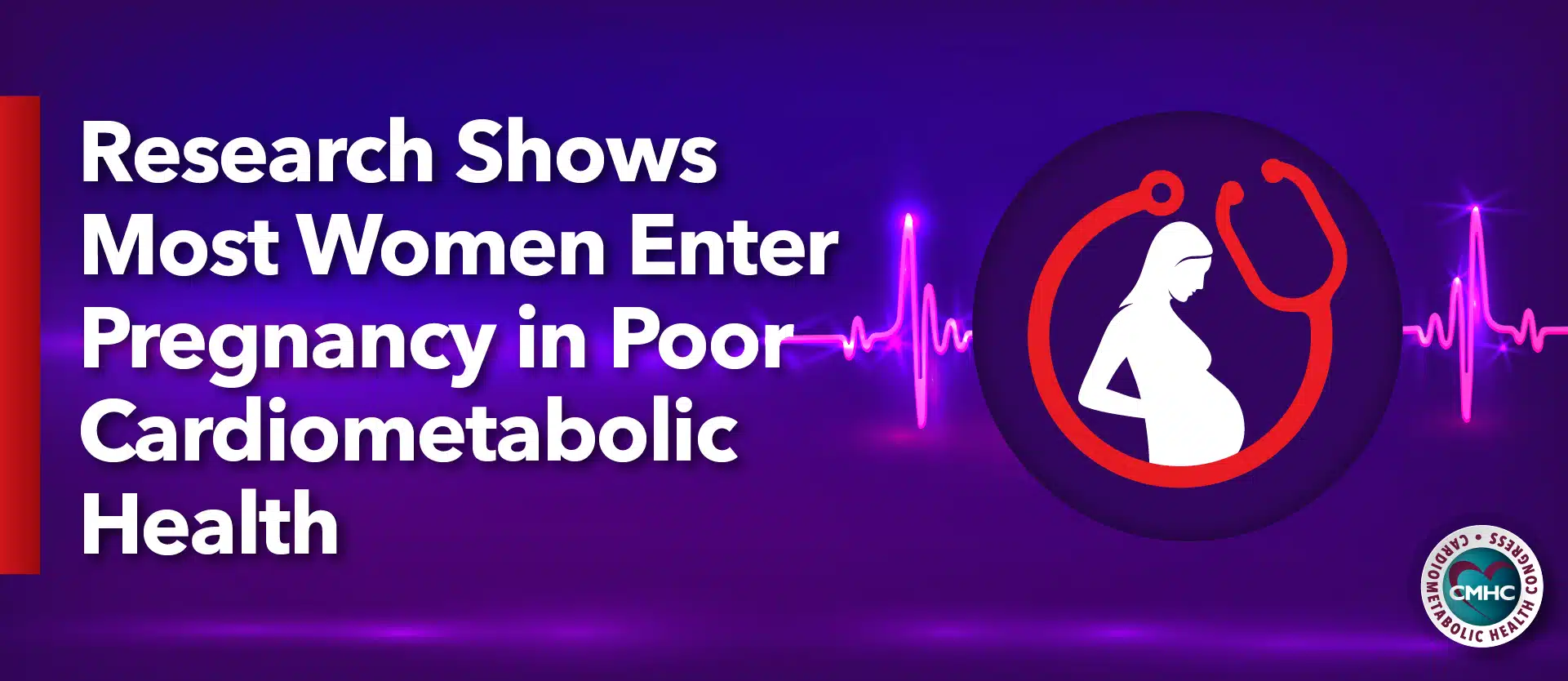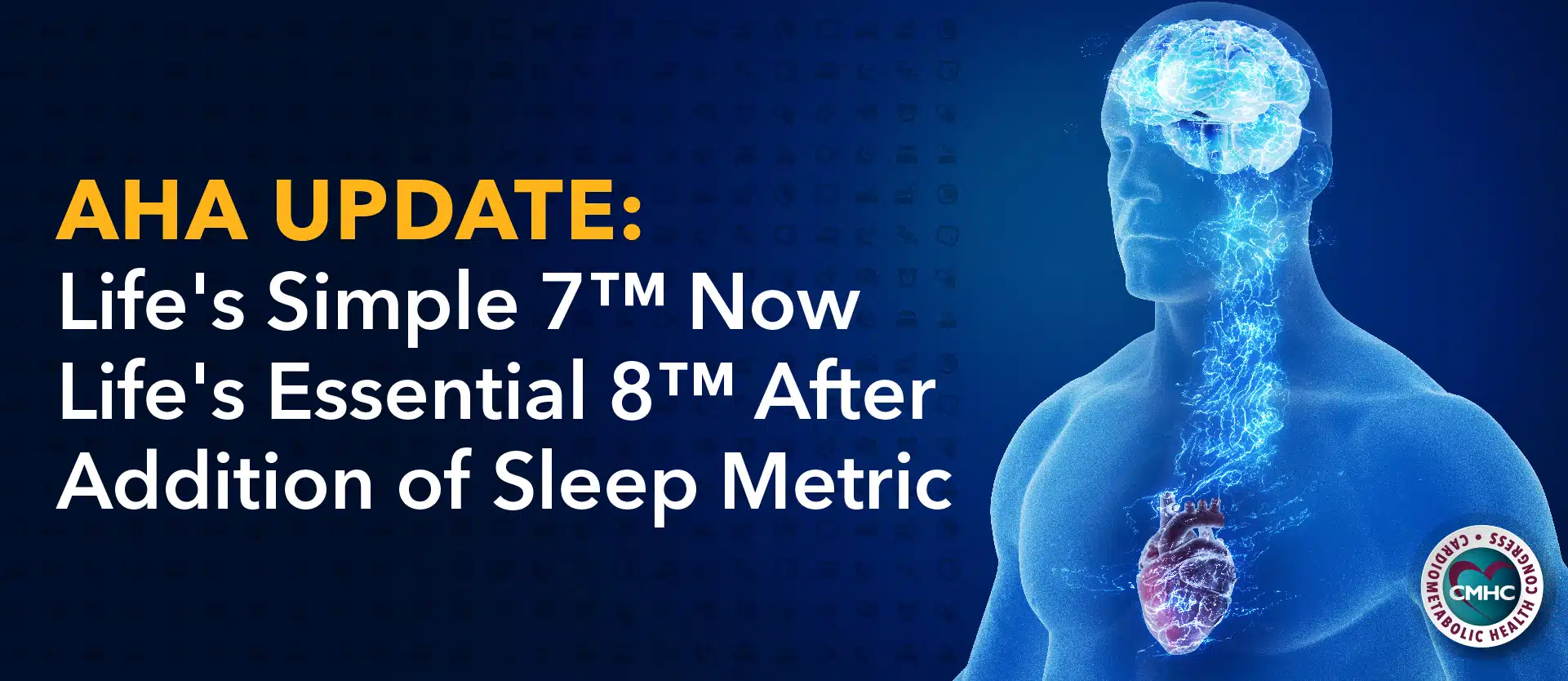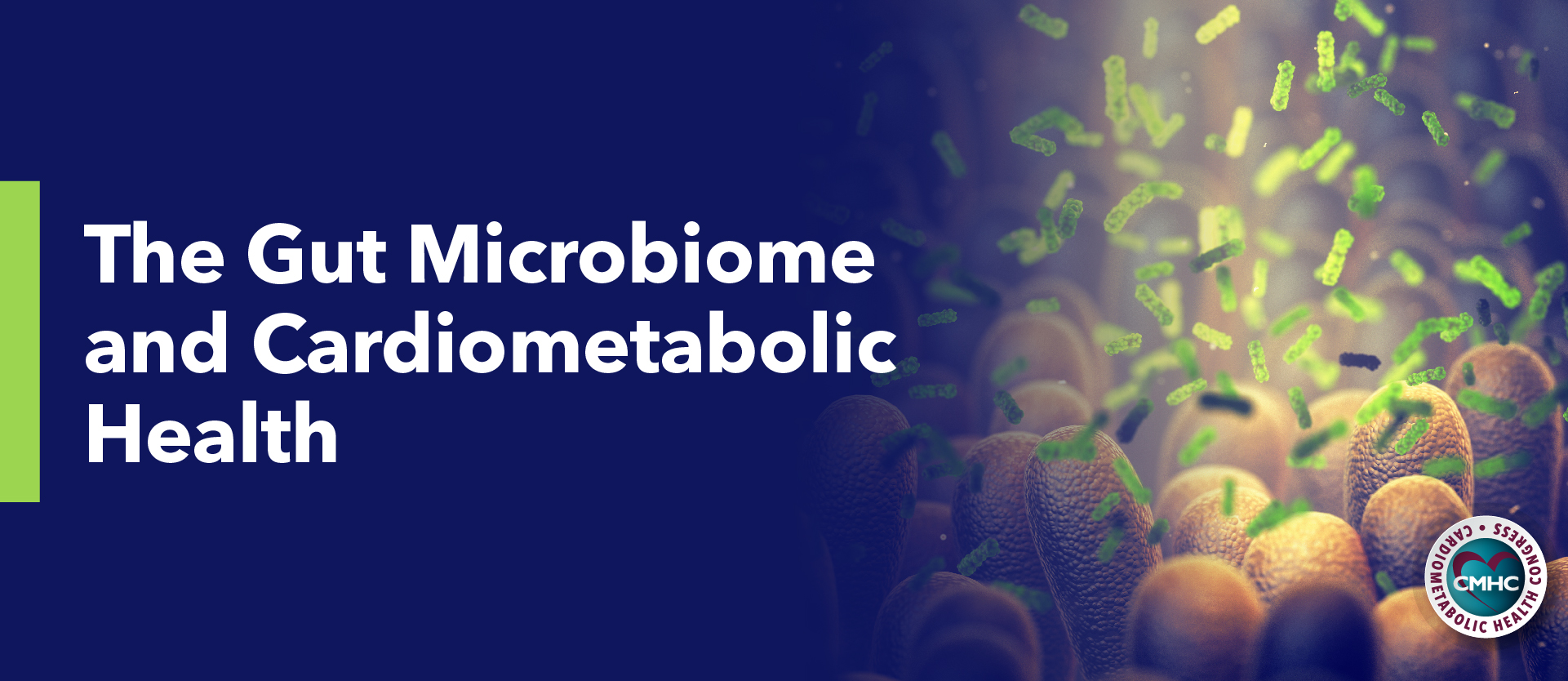Despite continuous therapeutic innovations and management strategies, diabetes remains a major public health concern affecting an estimated 34 million Americans with an ever-increasing prevalence. Of the factors known to influence diabetes risk and development, tobacco use is an established cause of type 2 diabetes and there is a growing consensus that alcohol use contributes to the condition due to its ability to alter insulin sensitivity. Although rates of tobacco use have drastically decreased in recent years, smoking remains a significant risk factor for the development of type 2 diabetes as smokers face a 30% to 40% higher chance of developing the condition. Similarly, despite known adverse health effects, the prevalence of alcohol use remains high. These two lifestyle risk factors both heighten the likelihood of developing diabetes and worsen prognosis while making disease management much more challenging.
Making matters worse, the COVID-19 pandemic accompanied by heightened anxiety, boredom, and social isolation have been driving increases in both tobacco and alcohol use. According to research from Columbia University’s Mailman School of Public Health, the majority of participants had cited increased stress as the primary driver of increased nicotine and tobacco use. Furthermore, the consumption of alcohol has grown exponentially in the context of COVID-19 with a 54% surge in national alcohol sales during the first week of the pandemic and subsequent reports revealing persistent increases in rates of alcohol intake.
Effects of Alcohol Use
Although research has shown that drinking moderate amounts of alcohol – defined as one drink per day for women of all ages and men over 65, and two drinks for men aged 65 and under – may actually reduce the risk of diabetes, individuals who drink higher amounts face an increased risk. Elevated alcohol consumption can contribute to chronic inflammation of the pancreas, impairing its ability to secrete insulin and therefore heightening the likelihood of diabetes. In patients who already have type 2 diabetes, drinking alcohol can cause blood sugar levels to either rise or fall making glycemic control difficult.
Other adverse effects of consumption include weight management, hypertension, hypoglycemia, and increased triglyceride levels. In addition, alcohol may interfere with diabetes medications or insulin levels; it can also worsen health complications such as low blood sugar, impaired coordination, cognitive abilities, and functioning, as well as liver damage.
Diabetic patients who consume alcohol must be cautious; they are encouraged to always test their blood sugar before drinking, ensure they only drink alcohol with food and drink slowly, avoid sweet drinks, and mix liquor with sugar-free soft drinks. They should not drink more than one (females) or two drinks (males) in a one-day period and always wear a piece of medical alert jewelry indicating they have diabetes to help them remain safe.
Tobacco Use and Type 2 Diabetes
Smoking has been well-established as a cause of type 2 diabetes. Noxious compounds found in cigarettes harm the body’s cells, interfere with their normal functioning and cause inflammation throughout the body thereby leading to widespread cell damage/oxidative stress. Additionally, high levels of nicotine lessen the effectiveness of insulin, leading to insulin resistance in response to increased blood glucose. Furthermore, smoking increases the risk of abdominal obesity, which is yet another known risk factor for diabetes development as it promotes cortisol production in the body, increasing blood sugar levels.
The more an individual smokes, the higher their risk of diabetes will be; the risk increases exponentially with the number of cigarettes smoked per day. Patients who smoke over 20 cigarettes a day experience a nearly doubled risk of developing the condition compared with non-smokers.
In addition, smokers have a harder time with insulin dosing and disease management regardless of type of diabetes. Diabetic smokers are also more likely to experience serious health complications, such as cardiovascular and kidney disease, retinopathy, peripheral neuropathy, as well as poor blood flow that can lead to infections, ulcers, and possible amputation.
Cautioning Patients
Smoking remains the leading cause of preventable death in the United States, with current statistics outnumbering rates for AIDS, alcohol, car accidents, homicide, suicide, drug use, and fires combined. Smokers with type 2 diabetes are urged to quit smoking or using other tobacco products immediately and can expect to notice the health benefits of quitting immediately. Research has shown that insulin can start to become more effective at lowering blood glucose as early as eight weeks after smoking cessation. Patients who consume alcohol must also remain cautious, both in cases of diagnosed diabetes and those who do not have the condition as the abuse of this substance can increase the risk of adverse health consequences not only limited to diabetes.
Key Takeaways
Current pandemic conditions have exacerbated the use of harmful substances, such as tobacco and alcohol, among the population; such trends must be taken very seriously as these lifestyle behaviors can gravely affect patient health. Protocols for the prevention of type 2 diabetes should take into account the significant role of lifestyle factors such as alcohol and tobacco consumption, while disease management should focus on interventions aimed at ceasing these behaviors to promote positive health outcomes.


















